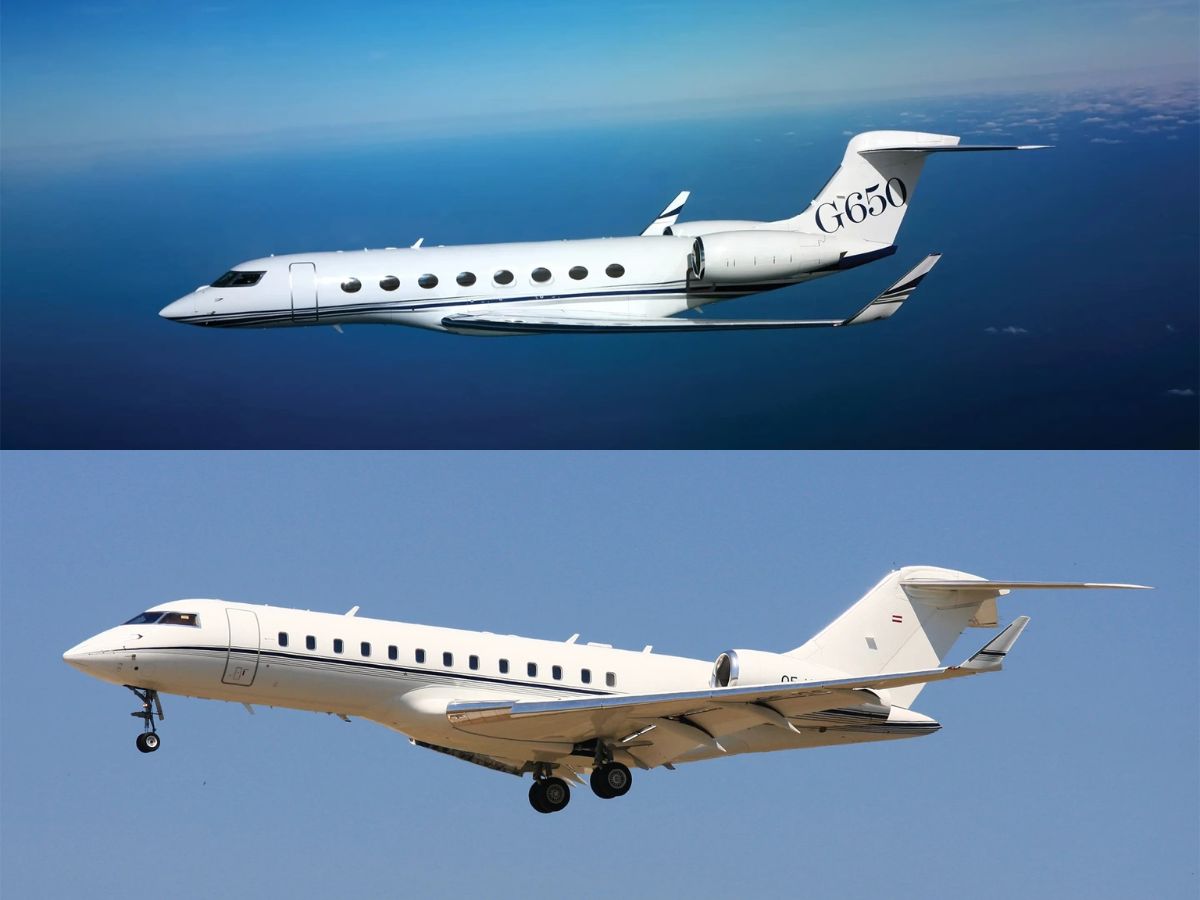Elicotteri monomotore vs. elicotteri bimotore

Elicotteri monomotore o bimotore
Quando si parla di aviazione in elicottero, capire le differenze tra elicotteri monomotore e bimotore è essenziale per scegliere l'aeromobile giusto per soddisfare esigenze specifiche. Questo confronto ne esplora le capacità, le caratteristiche e le applicazioni reali.
Potenza e prestazioni
Gli elicotteri bimotore erogano maggiore potenza e velocità rispetto ai modelli monomotore, offrendo un controllo migliore durante le rapide accelerazioni e decelerazioni. In genere hanno una maggiore capacità di carico utile, che li rende ideali per trasportare un maggior numero di passeggeri e bagagli, soprattutto in condizioni difficili o in spazi ristretti.
D'altra parte, gli elicotteri monomotore presentano notevoli vantaggi, offrendo spesso un'autonomia e una resistenza superiori grazie al minor consumo di carburante. Questa efficienza li rende interessanti per i voli più lunghi, dove il risparmio di carburante è fondamentale. Il loro design più semplice consente inoltre di ridurre i costi di manutenzione e di facilitare l'assistenza.

Considerazioni sulla sicurezza
Il dibattito sulla sicurezza tra elicotteri monomotore e bimotore è più complesso di quanto sembri. Sebbene sia opinione comune che due motori siano intrinsecamente più sicuri, i piloti esperti offrono una visione più sfumata. Alcuni modelli bimotore, a causa del loro peso, non possono mantenere il volo con un solo motore e richiedono comunque un atterraggio immediato, proprio come gli elicotteri monomotore.
Gli elicotteri monomotore hanno sviluppato protocolli di sicurezza avanzati, come l'"autorotazione", che consente ai piloti di convertire l'altitudine in velocità delle pale del rotore per un atterraggio controllato senza l'alimentazione del motore. Nelle aree urbane, le autorità aeronautiche hanno creato delle "heli-lanes", che seguono caratteristiche naturali come i fiumi per fornire opzioni di atterraggio di emergenza.
Qual è l'elicottero migliore per il vostro itinerario?
La scelta del modello di elicottero più adatto può migliorare notevolmente la vostra esperienza di viaggio. Ecco alcune raccomandazioni basate su itinerari tipici:
Differenze di costo: Elicotteri monomotore vs. elicotteri bimotore
Uno dei fattori più importanti nella scelta tra elicotteri monomotore e bimotore è il costo. Gli elicotteri bimotore hanno in genere costi più elevati a causa della loro complessità, del maggior consumo di carburante e dei requisiti operativi. Gli elicotteri monomotore, invece, sono più economici da gestire e mantenere, il che li rende una scelta conveniente per le rotte più brevi e meno complesse.
I costi di noleggio degli elicotteri variano anche in base a fattori quali la durata del volo, la destinazione e i servizi aggiuntivi, per cui è importante allineare la scelta dell'elicottero alle vostre specifiche esigenze di viaggio e al vostro budget. La comprensione di queste variabili aiuta a selezionare l'opzione più adatta e conveniente per il vostro viaggio.

Il futuro delle operazioni in elicottero
Con il progredire della tecnologia aeronautica, gli elicotteri monomotore e bimotore continueranno a svolgere ruoli chiave in vari settori. Il successo delle operazioni con elicotteri dipende dall'adeguamento delle capacità degli aeromobili alle esigenze della missione, garantendo al contempo la sicurezza e la conformità alle normative.
La scelta tra elicotteri monomotore e bimotore va oltre il numero di motori o le prestazioni. Occorre valutare l'ambiente operativo, i requisiti normativi, il profilo della missione e i fattori di costo. Che si tratti di un volo romantico su Parigi o di trasferimenti aziendali di routine, la comprensione di questi fattori consente agli operatori di prendere decisioni informate che bilanciano sicurezza, efficienza e obiettivi operativi.
Eccellenza monomotore
- Robinson R66: un elicottero altamente efficiente, ideale per voli intimi e tour della città. Può ospitare quattro passeggeri e offre un'autonomia di 600 km con una velocità massima di 140 mph. L'aeromobile è a basso consumo di carburante, dotato di avionica avanzata e di una cabina confortevole per viaggi di breve e media durata.
- Bell 206 Jet Ranger X: un moderno elicottero monomotore progettato per garantire prestazioni e comfort. Può ospitare cinque passeggeri e ha un'autonomia di 650 km. Conosciuto per l'efficienza dei consumi e l'affidabilità, è in grado di bilanciare lusso ed economicità, diventando il preferito sia per i viaggi di piacere che per quelli d'affari.
Motore bicilindrico di lusso
- AgustaWestland AW109: Un elicottero executive di alto livello, che offre una velocità di crociera di 193 miglia orarie e sei posti a sedere. Combina lusso, avionica avanzata e caratteristiche di sicurezza eccezionali, rendendolo perfetto per il trasporto di VIP e per viaggi d'affari di alto livello.
- Eurocopter EC135: noto per la sua silenziosità e per i 40 piedi cubi di spazio per i bagagli, questo elicottero è ideale sia per gli affari che per il tempo libero. Può ospitare comodamente cinque passeggeri ed è dotato di funzioni di sicurezza avanzate, che lo rendono adatto agli ambienti urbani.
- AgustaWestland 139: un elicottero di punta per i gruppi più numerosi, che può ospitare fino a otto passeggeri con 120 piedi cubi di spazio per i bagagli. Offre una cabina spaziosa, un'avionica all'avanguardia e prestazioni elevate, che lo rendono perfetto per viaggi prolungati e condizioni operative diverse.

Prenotate oggi il vostro elicottero privato a noleggio
Il servizio di noleggio di elicotteri privati di Global Charter offre lusso, convenienza e flessibilità ai viaggiatori più esigenti. Che si tratti di fughe romantiche, eventi aziendali o avventure remote, la nostra ampia flotta e il nostro impegno per l'eccellenza garantiscono che ogni viaggio sia eccezionale.
Il nostro team, disponibile 24 ore su 24, 7 giorni su 7, è in grado di soddisfare le vostre esigenze di trasporto aereo, offrendovi un viaggio senza interruzioni e senza problemi, con servizi lussuosi e viste mozzafiato. Sperimentate il massimo dei viaggi aerei di lusso con i servizi di elicottero su misura di Global Charter, adattati alle vostre esigenze.










































%20Excel%20Interiior.webp)

%20XLS%2B%20Exterior.webp)














